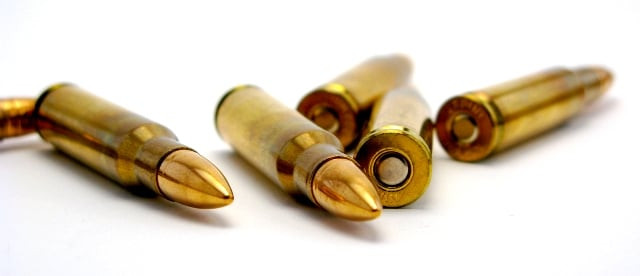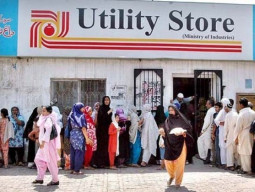
The Sindhi nationalist groups have denied their involvement. The firebrand leader of the Awami Tehreek, Ayaz Palijo, who had led the Mohabbat-e-Sindh rally in Karachi, said at a news conference that “This [killing] has been carried out by local agents of the Muttahida Qaumi Movement (MQM), the CIA and RAW”, the last two names clearly a sarcastic reference to well-known police ‘diagnosis’ of violence they cannot figure out.
Another Sindhi nationalist leader, Dr Qadir Magsi of the Sindh Taraqqi Pasand Party, said that the killers were the same “who had orchestrated the recent killings in Karachi and dumped Muzaffar Bhutto’s body in Hyderabad”. The Jeay Sindh Qaumi Mahaz leader said that “the killings were a conspiracy to undermine our peaceful political struggle” and demanded a commission of Supreme Court judges to probe the incident and the attack on the Mohabbat-e-Sindh rally in Karachi.
Sindhi nationalists have been seen as pacifists but the latest incident of violence might have opened a new phase, which may be an emulation of the overall level of violence found across the entire length and breadth of Pakistan in general, and Karachi in particular. The MQM has always been the target of nationalist opprobrium but the ongoing ‘collaboration’ of the PPP — the popular party that steals the nationalist thunder among voters — and the MQM could have triggered it.
Sindhi sub-nationalist demands have ranged from greater cultural, economic and political rights to political autonomy, to outright secession from Pakistan and the creation of an independent state. It has clashed with another sub-nationalism centred on “Muhajir Suba”, which the Sindhi nationalists claim has been instigated by the MQM.
The nationalists have reacted to two recent murders of their leaders. This could be quietened down through negotiations or it could be the beginning of a violent change in the Sindhi nationalist movement. It is a grassroots movement with classical local charisma against the ingress of alien populations into the region. Its primordial appeal affects all parties in Sindh: both the PPP and the MQM have a stance on the Kalabagh Dam that measures the depth of the nationalist appeal.
Democracy takes care of these anthropologically-oriented movements through participation and representation. The movement of alienation in interior Sindh was fostered by long periods of undemocratic military rule and its accompanying policies, and today the passions have been fanned again by the breakdown of the state through terrorism and the rising level of violence. The national economy has broken down under unrealistic policies adopted in Islamabad and Rawalpindi in two respects: the internal politics of party conflict at times referred to as ‘long march’, and the regional honour-based policy defying the international community which could have helped in Pakistan’s economic bailout at this delicate juncture. By doing this, the ruling elite has tilted in favour of the terrorist groups that have made governance nearly impossible in Pakistan and threatens its neighbours as well as the world at large.
Published in The Express Tribune, May 27th, 2012.













COMMENTS
Comments are moderated and generally will be posted if they are on-topic and not abusive.
For more information, please see our Comments FAQ